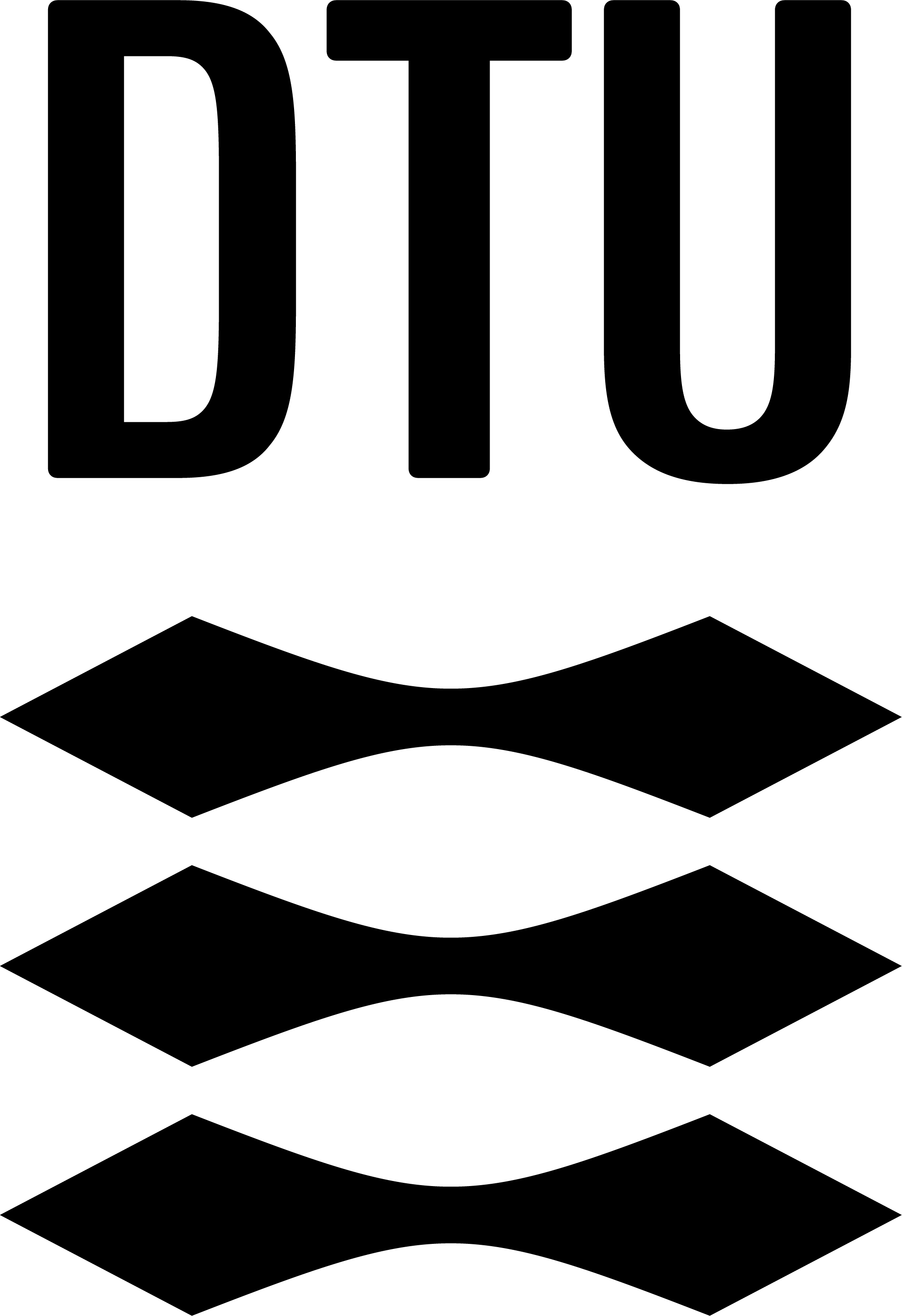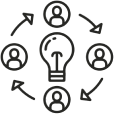Product Design Specification (PDS) Add/remove
Purpose:
The purpose of a product design specification (PDS) is to get an overview of requirements and criteria that your final solution should live up to in regards to different categories. It will help you gain an overview of the research/learnings you have had and will gain throughout your development phases. It is a great method to use before hosting a workshop as you will have a much more clear vision of what is needed.
Tips to include participants who are not able to:
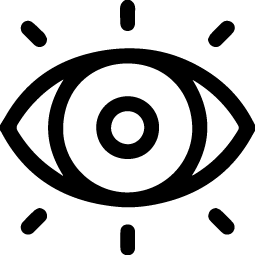
See
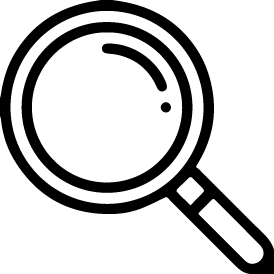
Focus
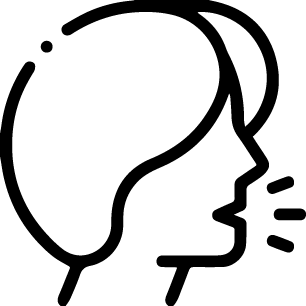
Speak
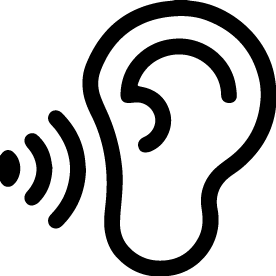
Hear
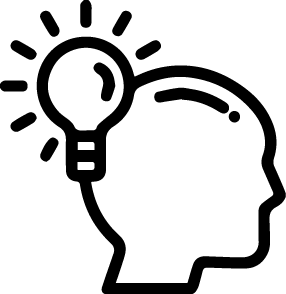
Think
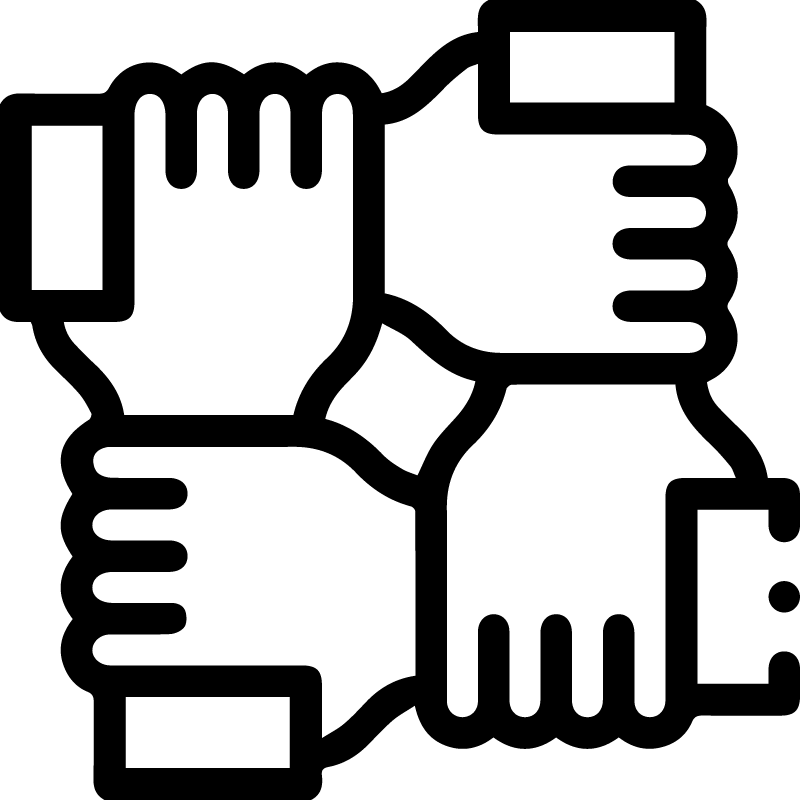
Hold
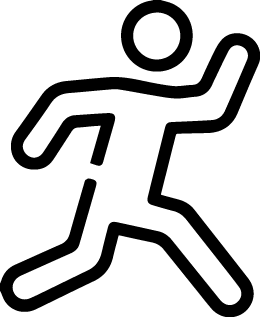
Move

Touch
Overview
Input
Research
Output
Overview of requirements and criteria for your design process.
Complexity
Moderate - complex
Time
Ongoing
Participants
You and your design team
Activity
Core abilities:
- Research
- Narrow down comprehensive research
- Reflect on categories
- Reflect on requirements
- Reflect on criteria
Step by step:
Define categories that are enabled within your design. These could for instance be:
- Safety
- Materials
- Dimensioning
- Using factors/intuitivity
- Durability
- Color etc.
The categories will depend on your task why the above are just examples.
Use the template matrix to fill in all the categories that you found would apply to your design process.
Fill in requirements for each category. Requirements are things that your design must live up to.
Fill in criteria for each category. Criteria are things that would be nice that your design could live up to but it is not a must.
Fill in comments if you feel the need to further elaborate on either the requirement, criteria or both.
Expand/edit your PDS throughout your design process so it reflects your learnings.
When doing this method you should consider:
As a PDS can be rather large, complex and will change throughout your development phases, as you will have new learnings, it could be an idea to include bits of it in your workshop. You could ask the participants in your workshop to e.g. revice it and come up with new categories, requirements and criteria. You could also ask them to perform a PDS without showing them yours. This could be interesting as it would be nice to see if your participants will create one that is similar to yours or if you would get new insights that you have not thought of.
Materials needed:
- Table/excel → computer
- If printed → pens and template

